Blog
Posts in category: olap
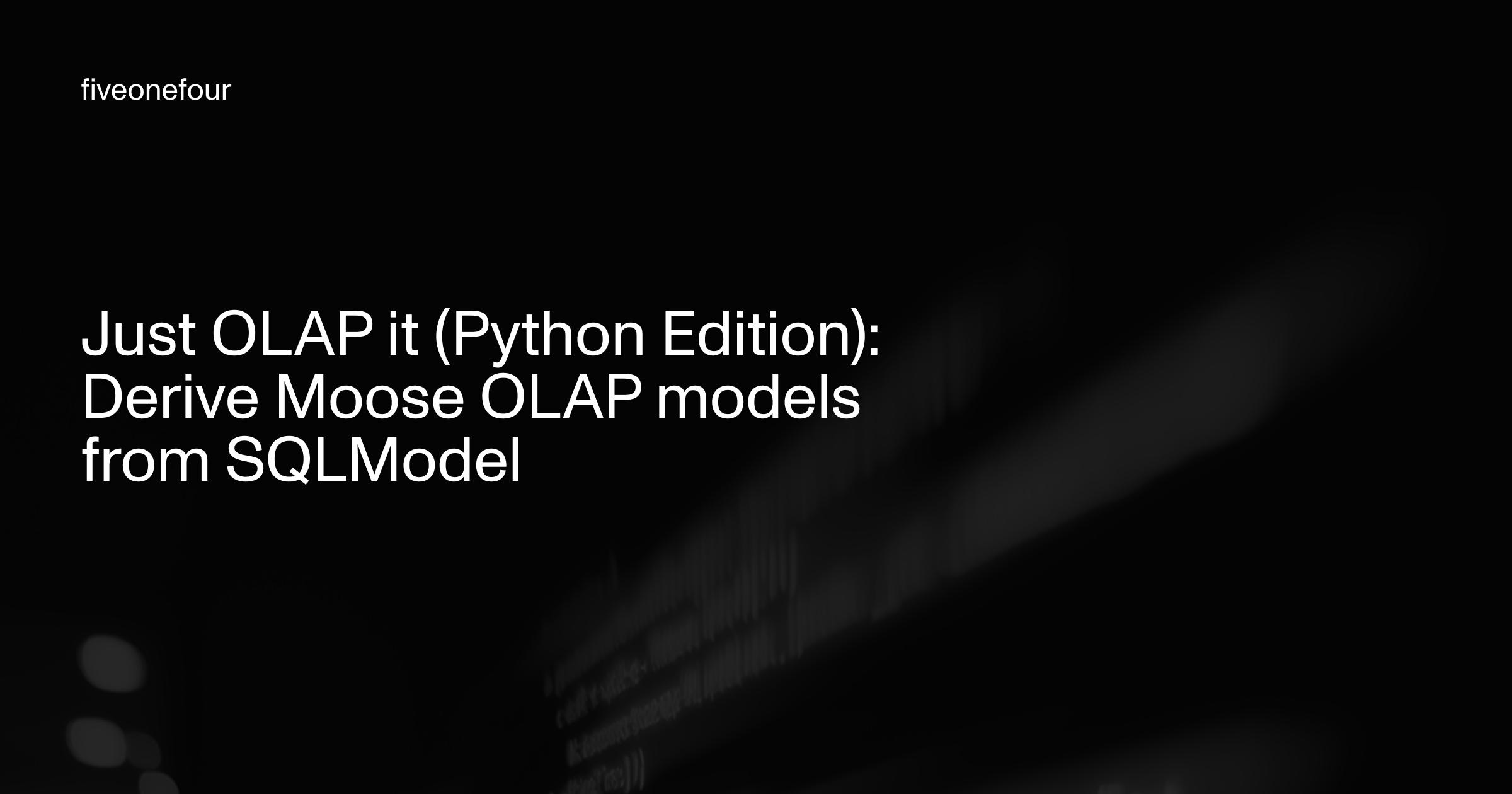
OLAP, Product, Python
Just OLAP It (Python Edition): Derive Moose OLAP Models from SQLModel
This hands-on walkthrough shows how to derive Moose OLAP models directly from Python’s SQLModel. You’ll learn how to map your OLTP schema to ClickHouse through MooseStack — defining OLTP models, mirroring them into Pydantic payloads, layering in CDC metadata, and declaring OLAP tables. While TypeScript automates much of this flow, Python requires explicit type bridging. This post highlights what’s manual today, where automation could fit, and how to keep your OLTP and OLAP layers in sync.
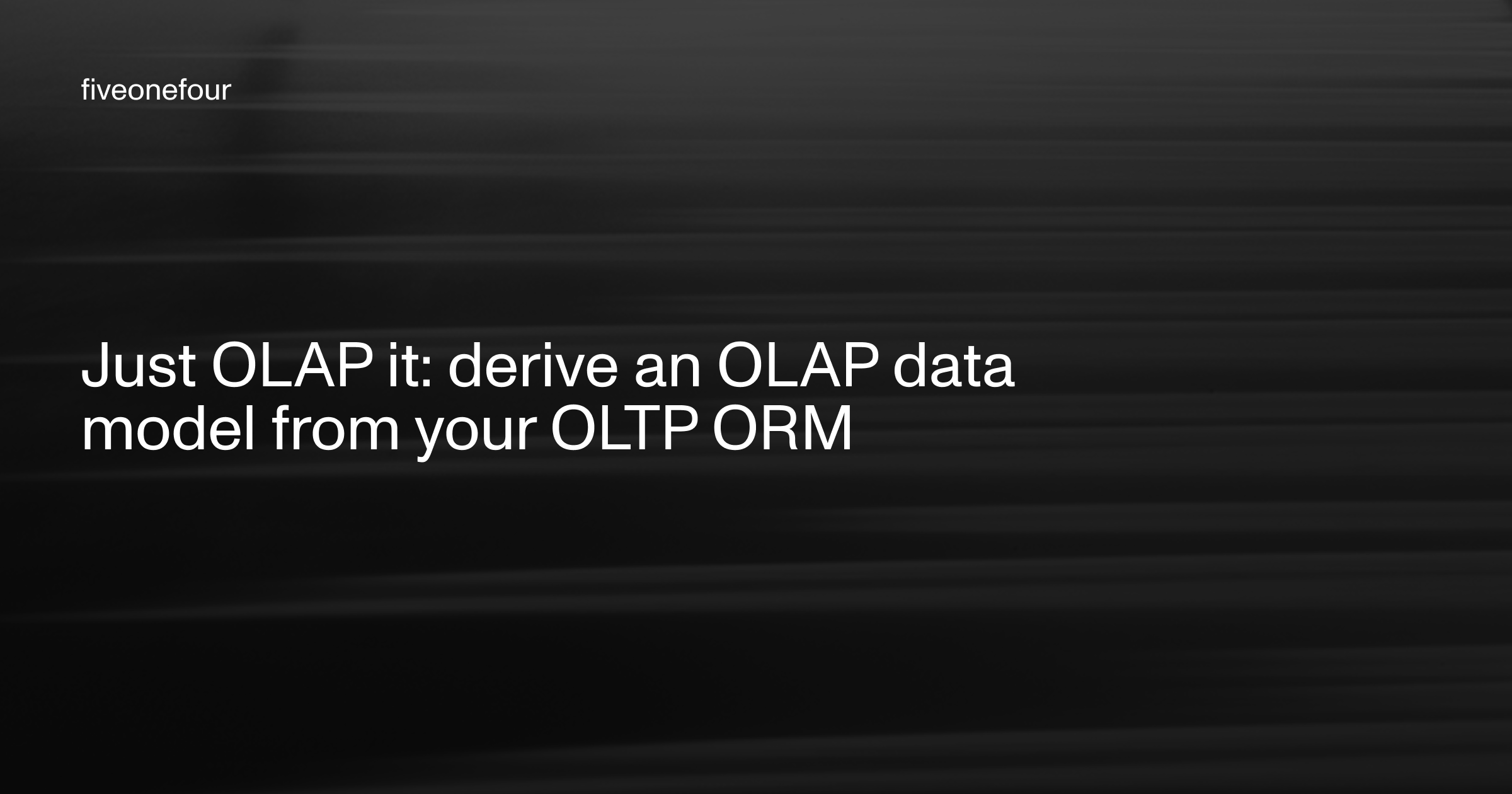
OLAP, OLTP, ORM
Just OLAP it: derive an OLAP data model from your OLTP ORM
Most developers love their ORMs — but what happens when you move from transactional (OLTP) to analytical (OLAP) workloads? This post explains how to reuse your existing TypeScript ORM types (from Drizzle, Prisma, or TypeORM) to build OLAP-ready schemas in ClickHouse using MooseOLAP. You’ll learn how to make implicit OLTP assumptions explicit, add OLAP-specific semantics like strict types and partitioning, and keep type safety while achieving true analytics performance.
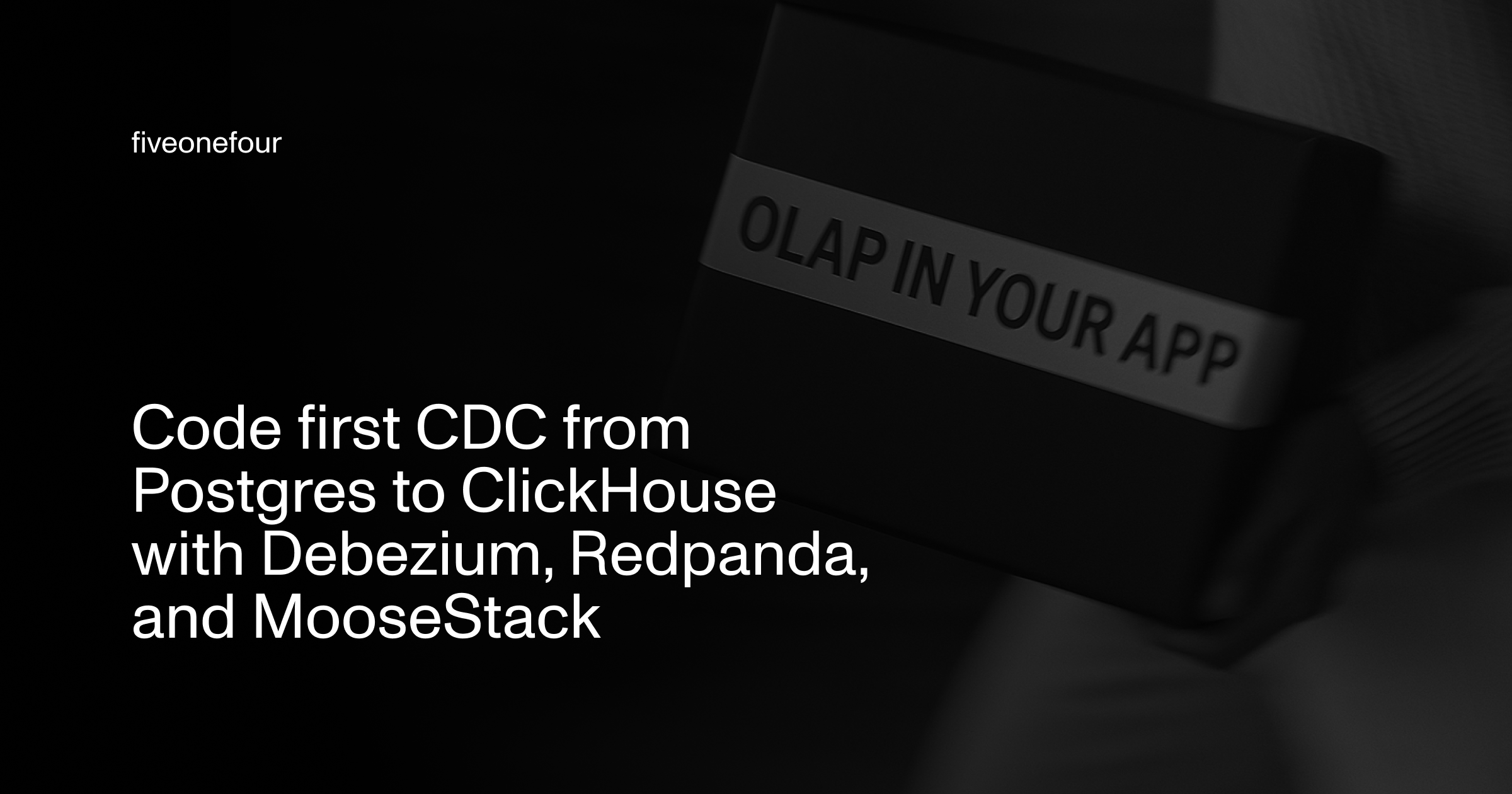
OLAP, OLTP, ClickHouse, Redpanda
Code first CDC from Postgres to ClickHouse with Debezium, Redpanda, and MooseStack
Learn how to keep OLTP fast while streaming changes to ClickHouse for lightning-quick analytics. This code-first guide uses Debezium, Redpanda, and MooseStack to model CDC, transforms, and OLAP tables you can spin up locally in seconds.
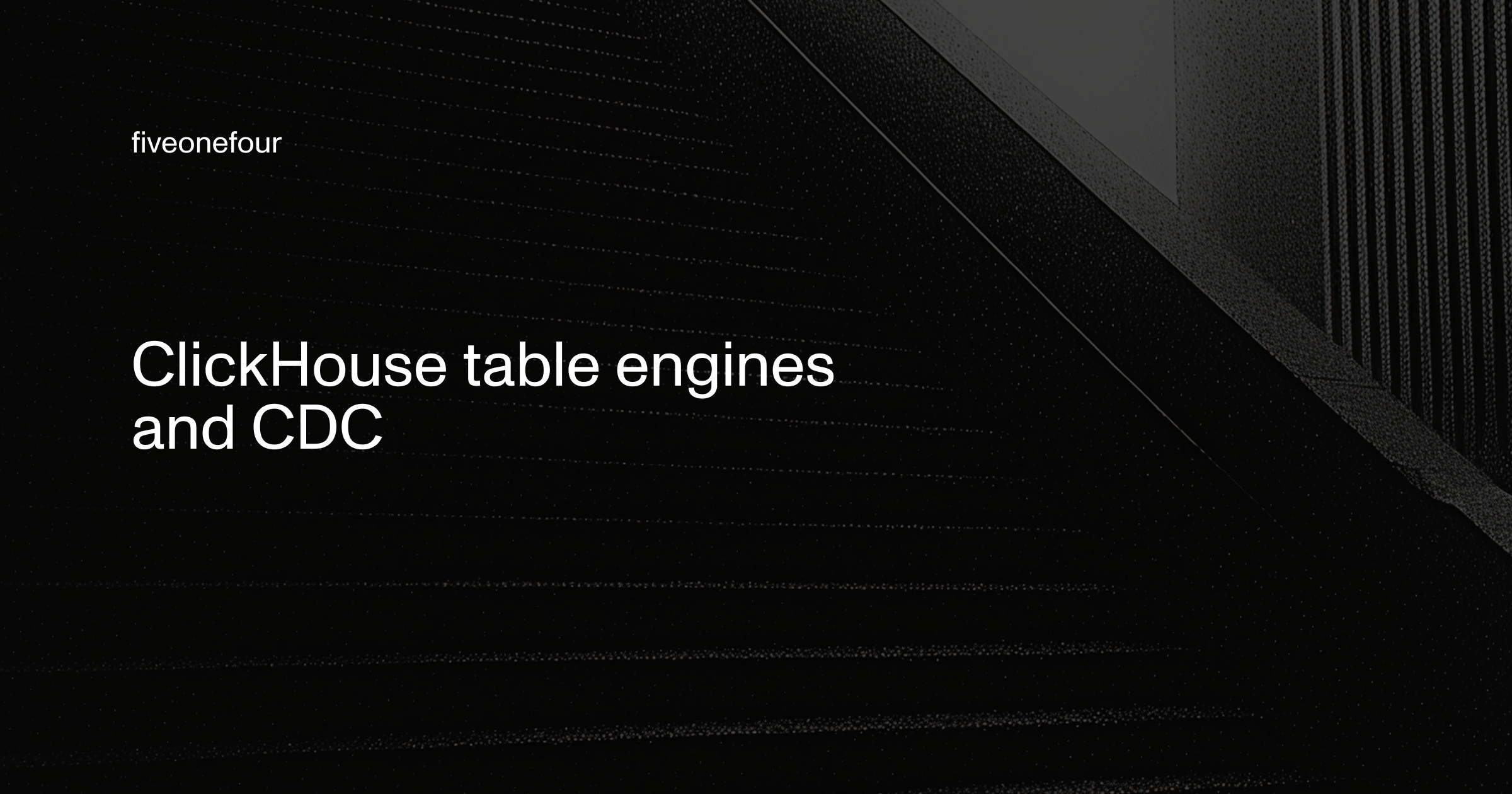
OLAP, ClickHouse
ClickHouse table engines and CDC
OLAP databases don’t update — they merge. When streaming CDC data into ClickHouse, every change is an insert. The table engine you choose defines how those inserts turn into a correct, queryable view of your data.
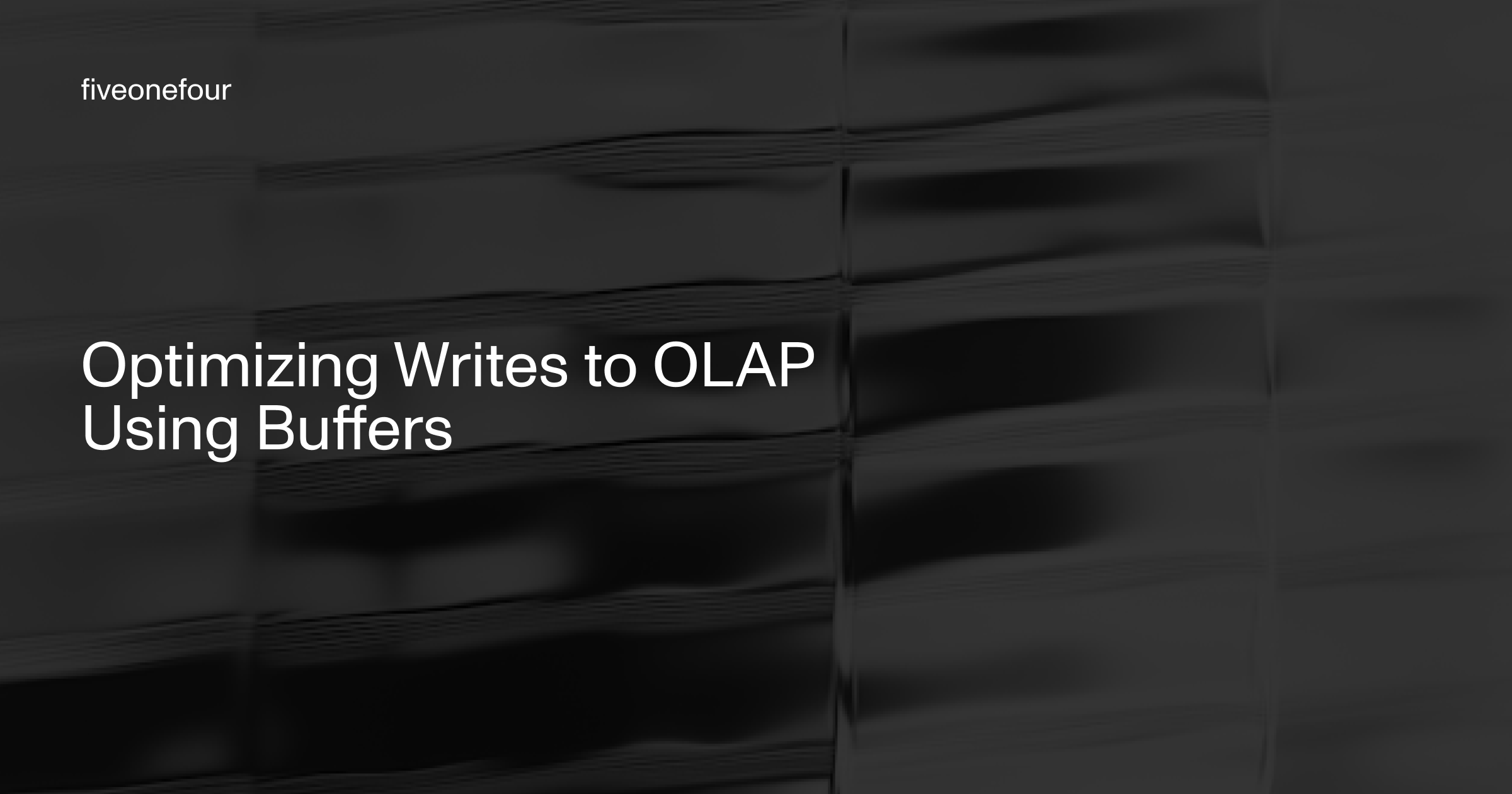
OLAP, ClickHouse, Product
Optimizing writes to OLAP using buffers
Learn how insert patterns differ between OLTP and OLAP databases — and how ClickHouse and MooseStack can help you optimize for each. From batching strategies to streaming buffers, discover practical heuristics to balance performance, freshness, and resilience.
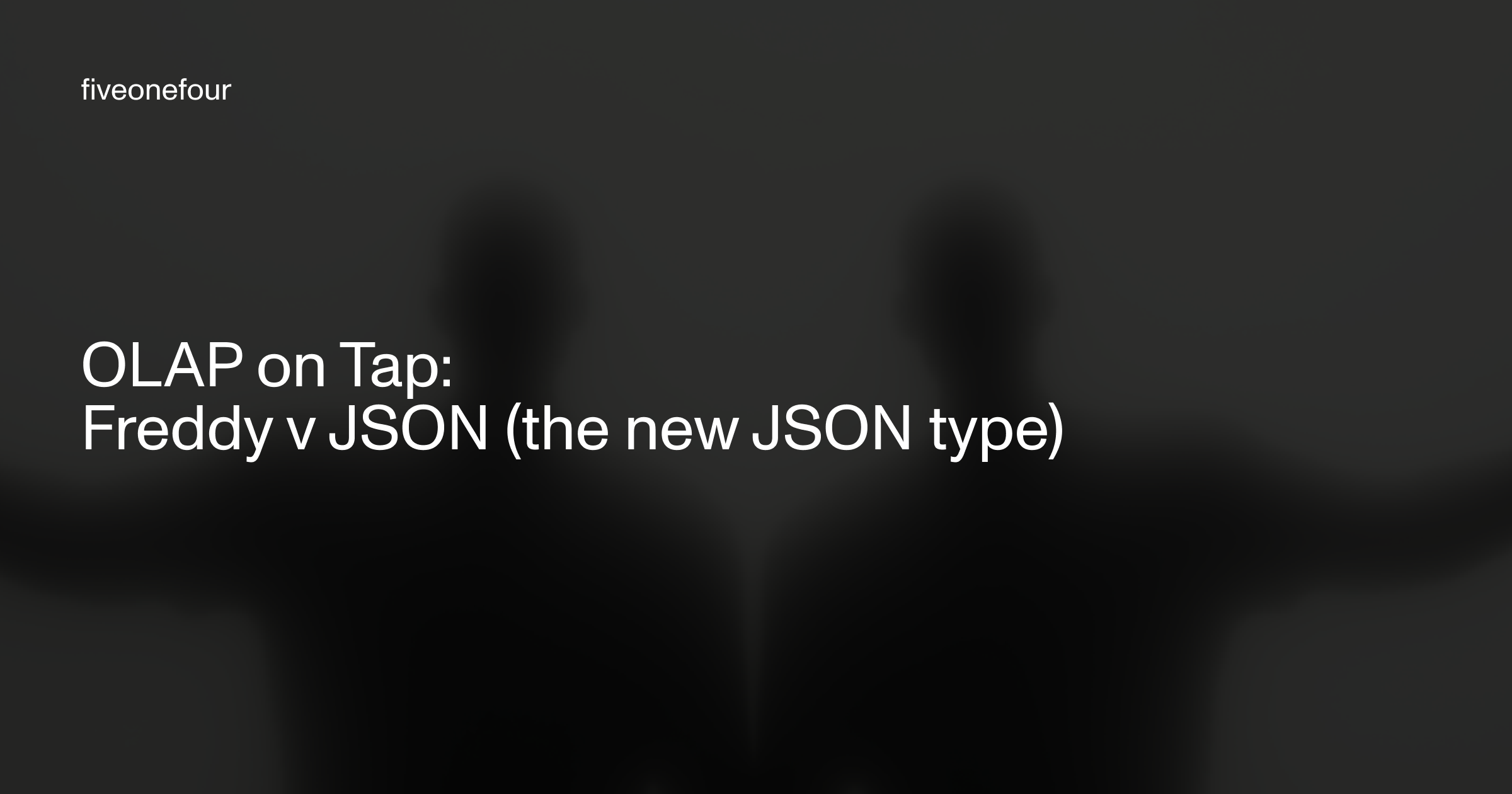
OLAP, ClickHouse
OLAP on Tap: Freddy v JSON (the new JSON type)
ClickHouse’s new JSON column type bridges the gap between flexibility and OLAP efficiency. This post explores how explicit and implicit subcolumns let you query nested data without sacrificing performance — and why understanding how ClickHouse handles NULLs is key to modeling real-world JSON.
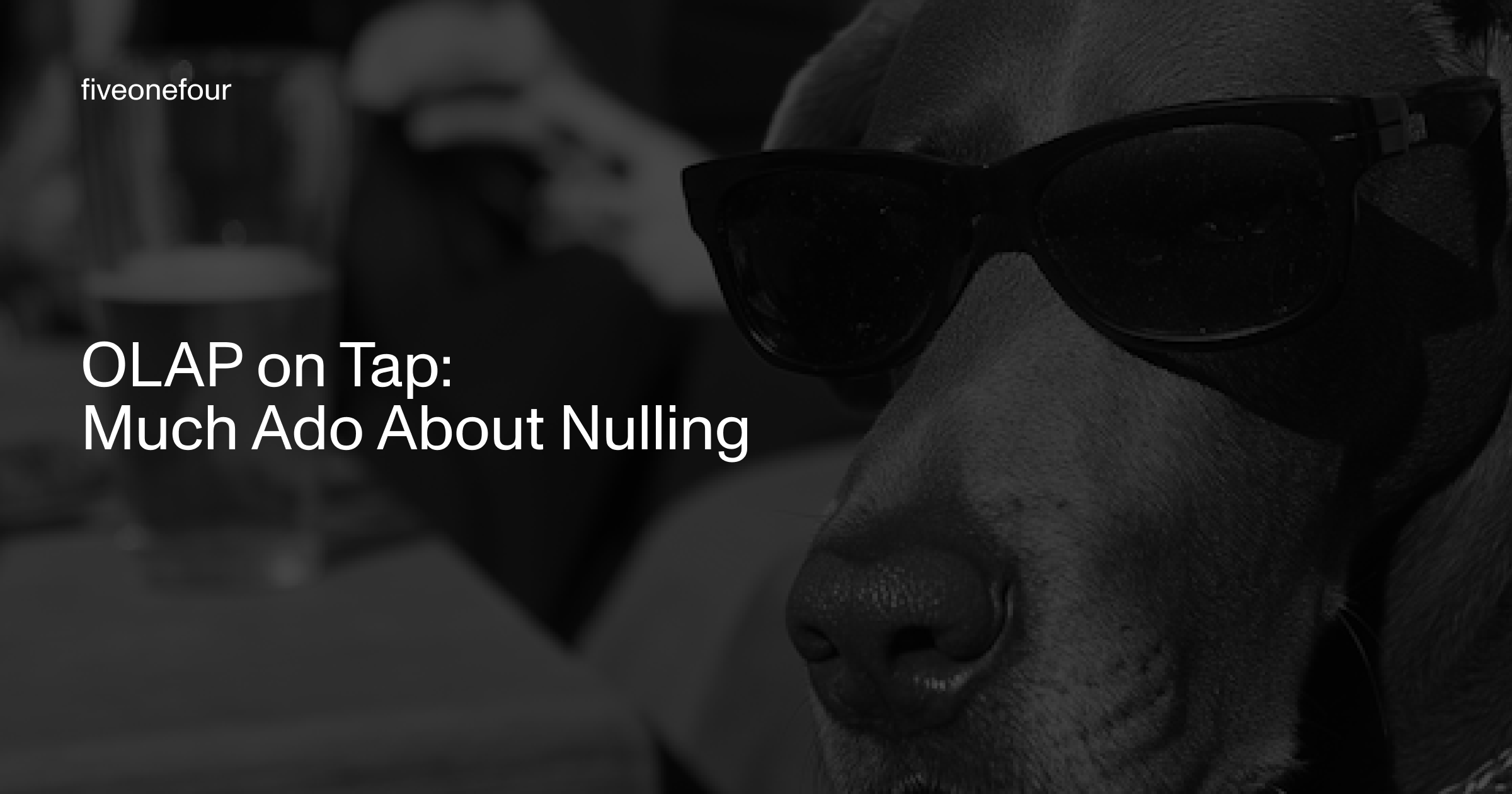
OLAP, ClickHouse
OLAP on Tap: Much Ado About Nulling
When working with OLTP databases, NULL values are a flexible way to represent unknown data. But in the world of OLAP — where performance depends on columnar efficiency and compression — NULL can become an expensive mistake. In this post, we unpack why NULLs slow down analytical workloads, how ClickHouse handles them internally, and what patterns (like sensible defaults or sentinel values) you can use instead.
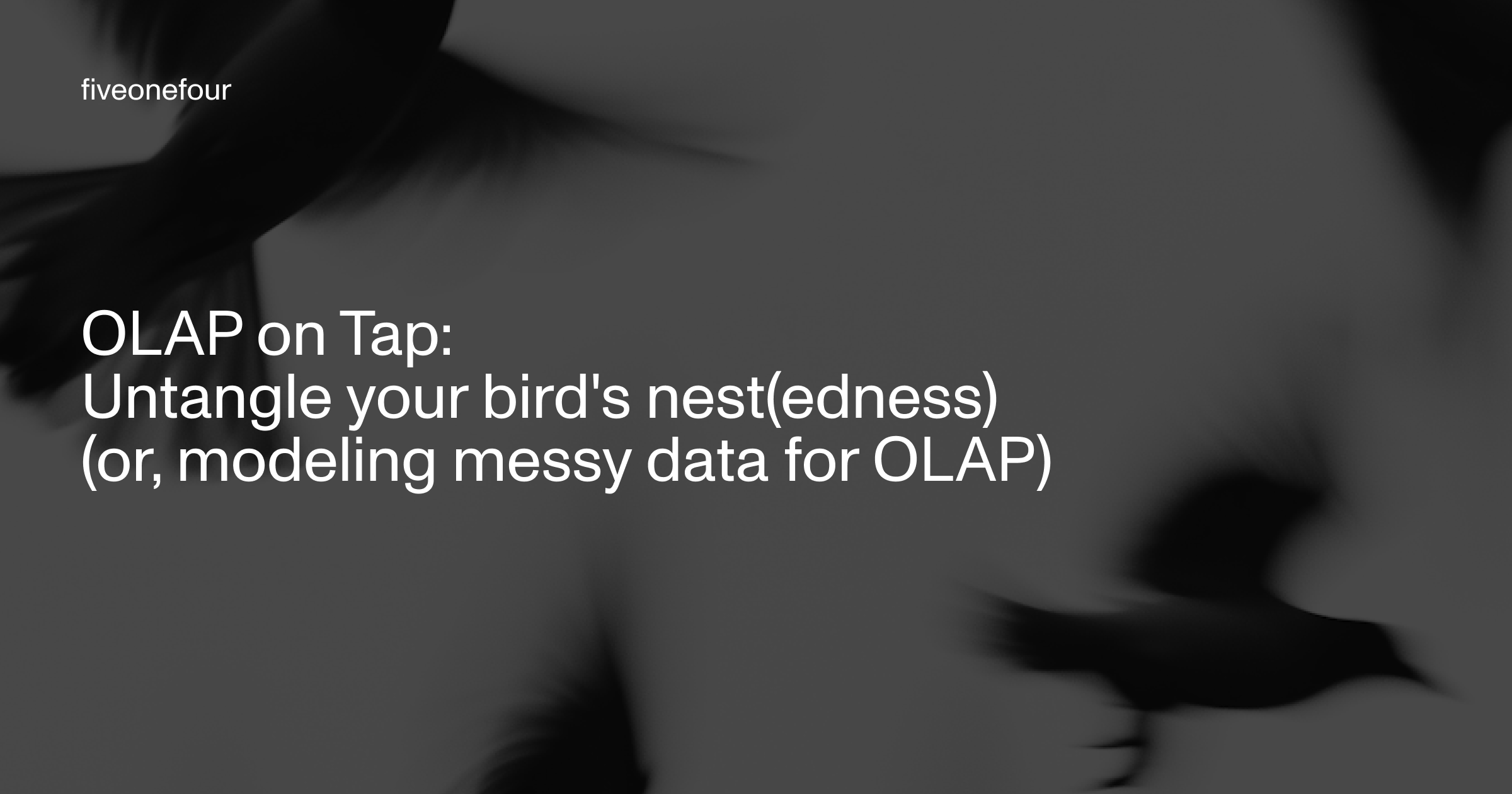
OLAP, ClickHouse
OLAP On Tap: Untangle your bird's nest(edness) (or, modeling messy data for OLAP)
Nested and irregular data structures are powerful for ingestion—but brutal for analytics. This article explores why JSON-heavy and shape-shifting data patterns complicate OLAP performance, and how to tame them with schema-on-write strategies, materialized views, and ClickHouse tricks. Whether you’re modeling logs, telemetry, or e-commerce data, you’ll learn how to keep the elegance of nested data without losing analytical speed.
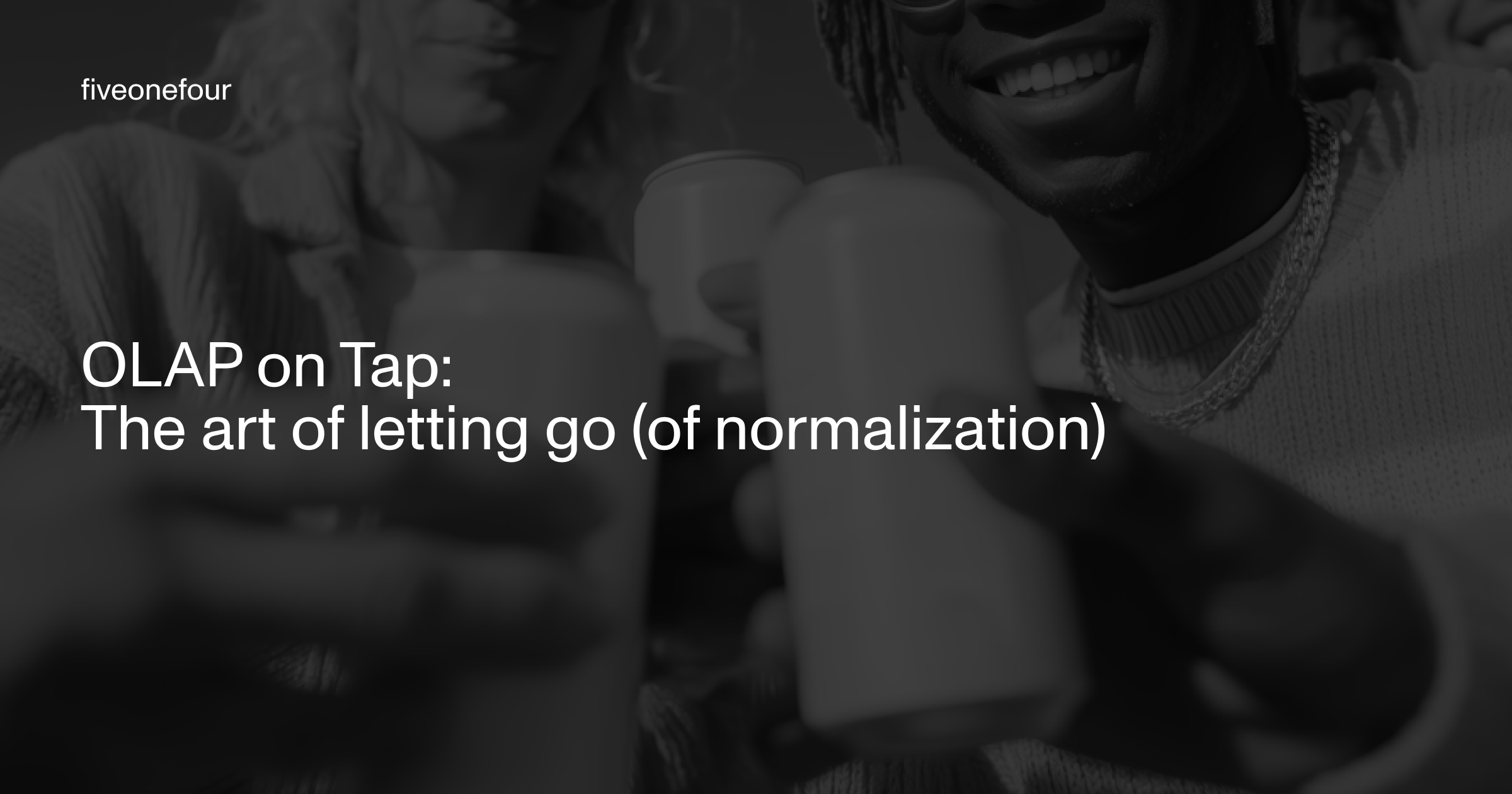
OLAP, ClickHouse
OLAP on Tap: The Art of Letting Go (of Normalization)
This article explains how OLAP databases like ClickHouse and DuckDB differ fundamentally from OLTP systems in their design and purpose. It dives into how columnar storage and analytical workloads reshape schema design, comparing traditional star schemas with modern wide, denormalized tables. You’ll learn why storage duplication is no longer the enemy, why joins slow down analytics, and how schema design in OLAP effectively is the query plan.
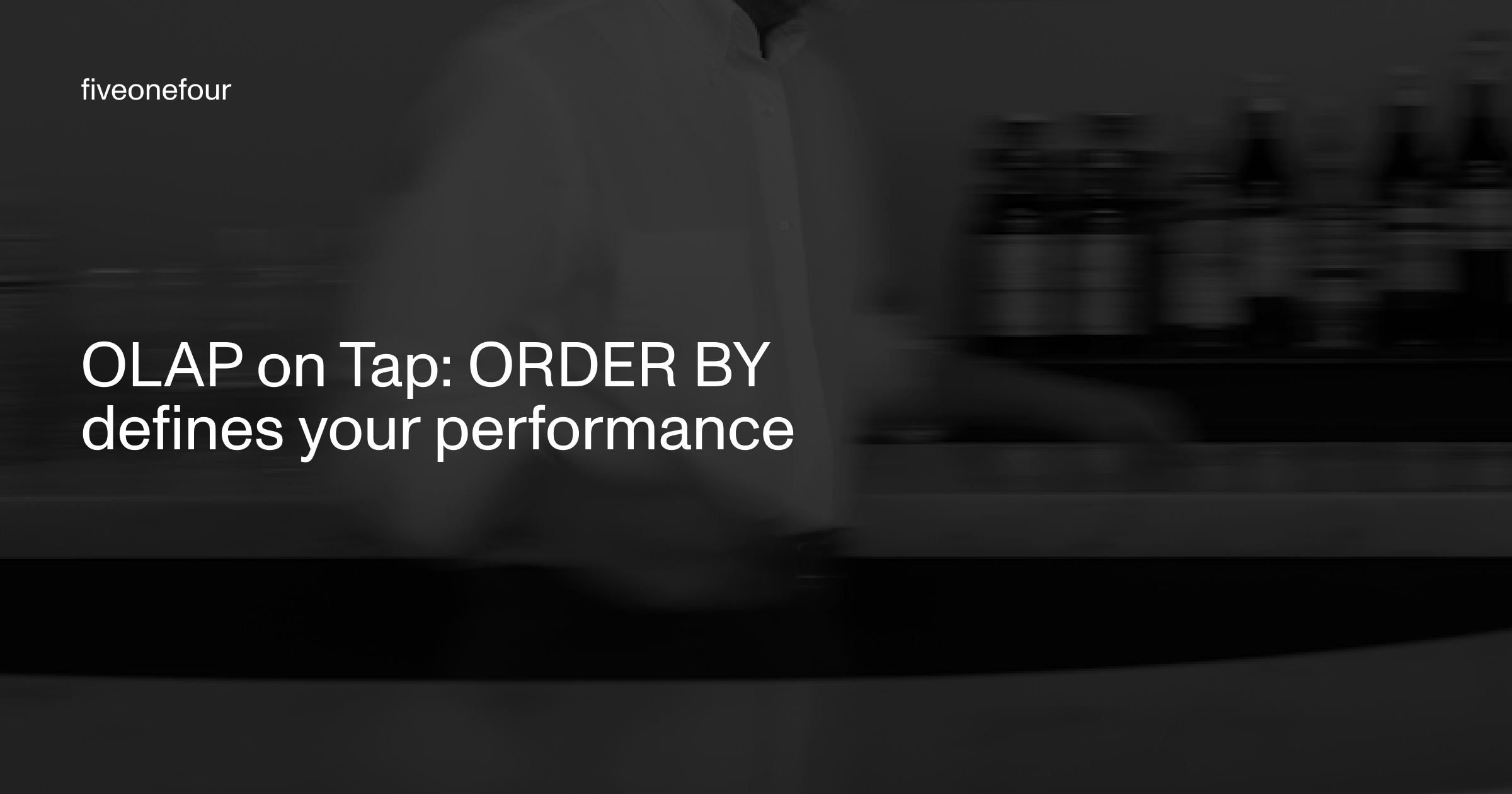
OLAP, ClickHouse
OLAP on Tap: ORDER BY defines your performance
This post explores why ORDER BY is a critical performance factor in OLAP databases like ClickHouse. Using clear analogies (like grocery store layouts vs. maps) and real-world benchmarks (aircraft telemetry data from ADSB.LOL), it shows how ORDER BY improves efficiency compared to OLTP indices. You’ll also learn practical heuristics for choosing the right fields — from low-cardinality booleans to time-based clustering — and how they impact ingestion, compression, and query speed.
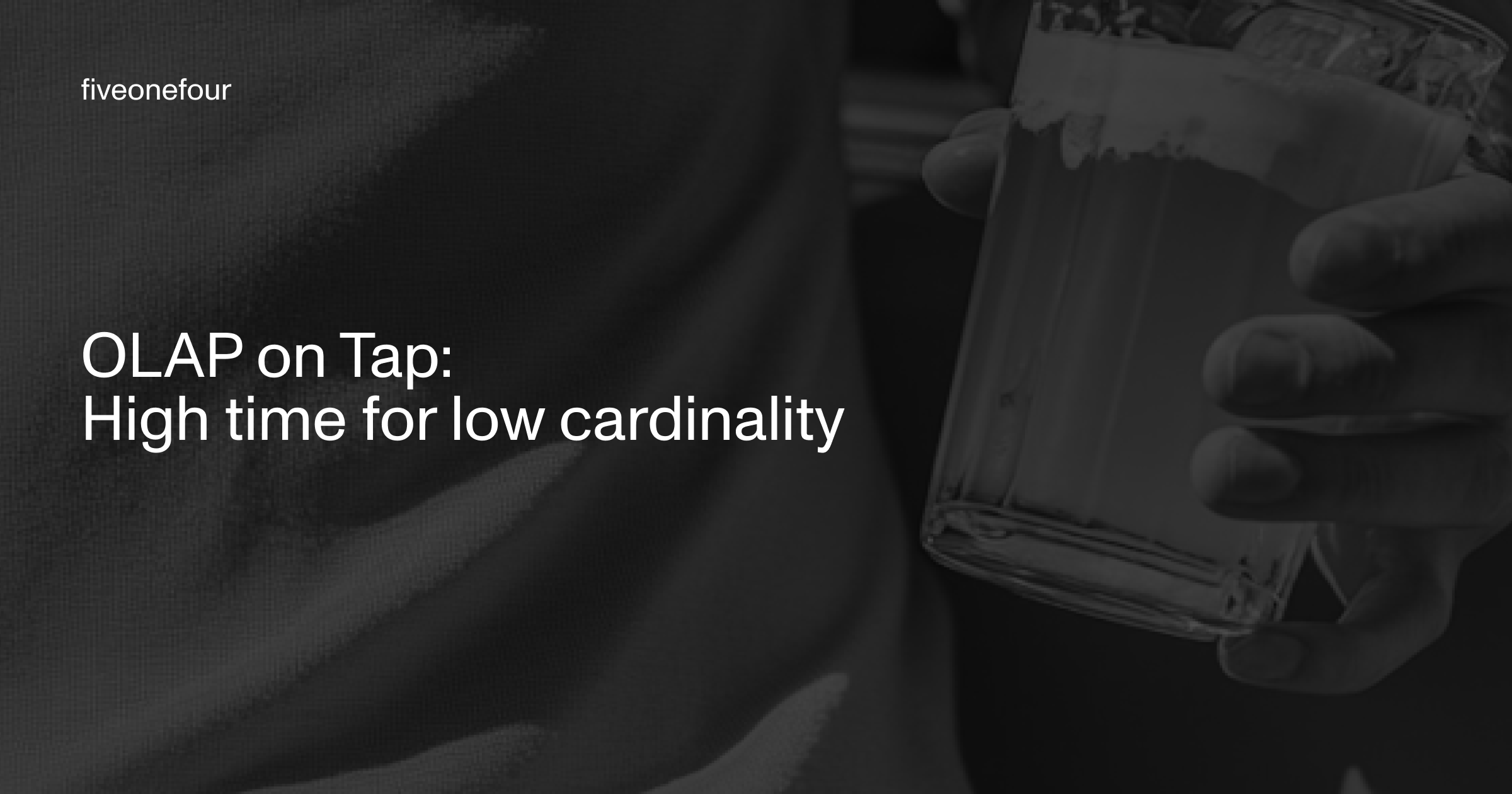
OLAP, ClickHouse
OLAP on Tap: High time for low cardinality
Cardinality plays a critical role in OLAP database performance, especially when balancing compression, encoding, and query efficiency. This guide breaks down cardinality types with practical examples, including LowCardinality wrappers, enums, and heuristics for choosing the right column types. Perfect for engineers optimizing high-volume analytics workloads.
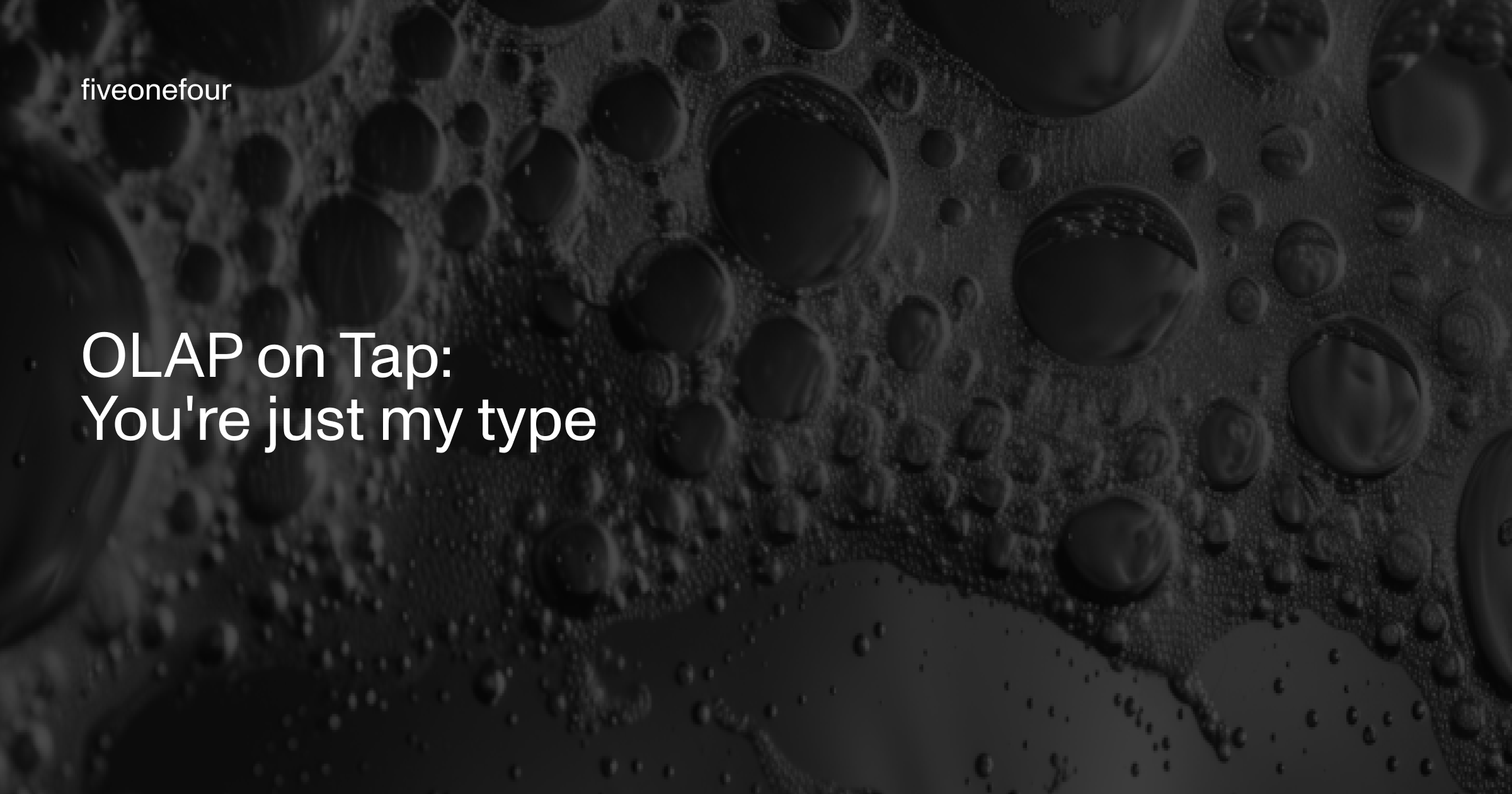
ClickHouse, OLAP
OLAP on Tap: You're just my type
The article talks about why typing matters in OLAP systems like ClickHouse, covering efficient type choices, when to use LowCardinality, and the tradeoffs of strict schema design, with a guide for AI copilots and links to best practices.